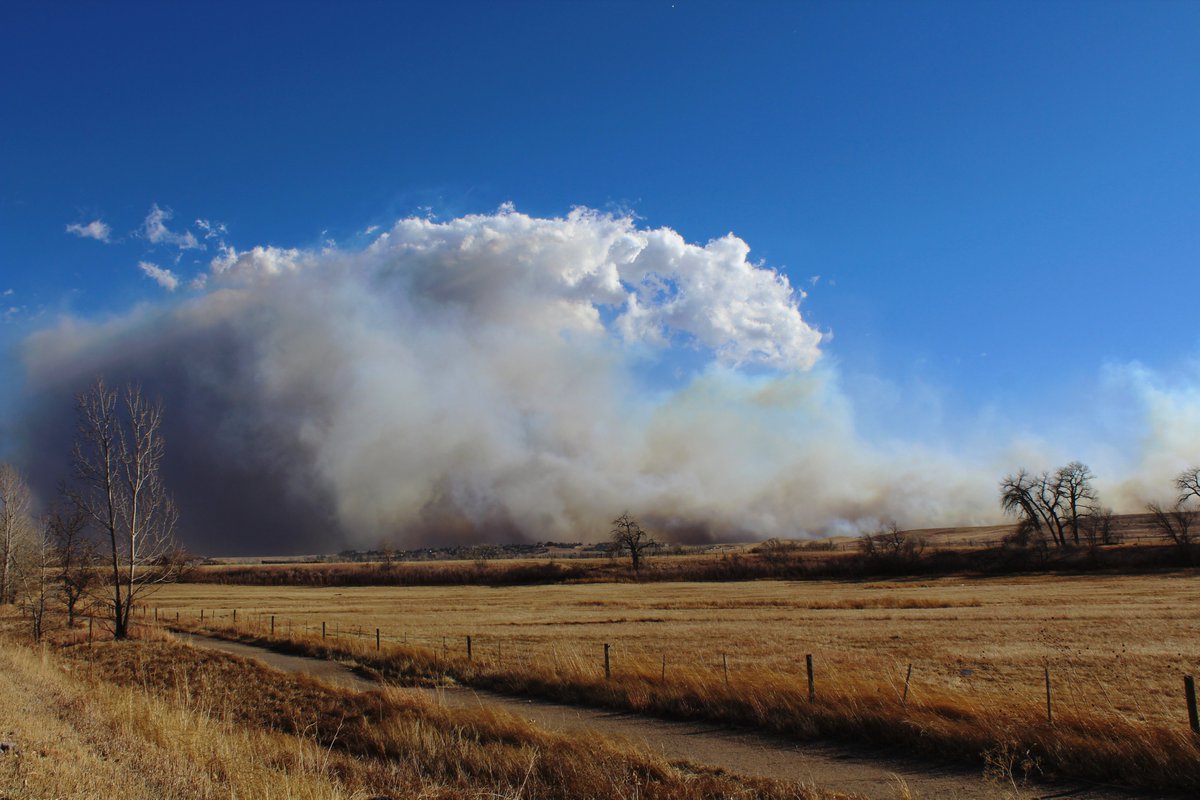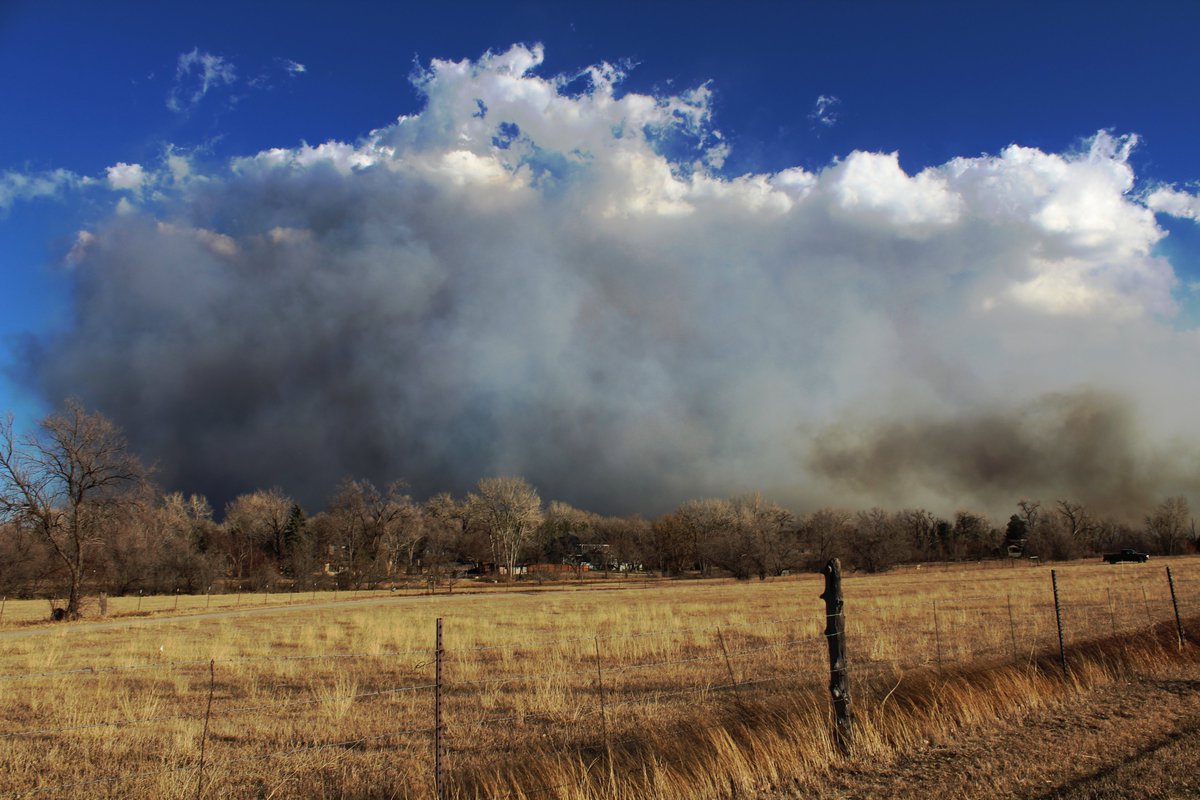
Interesting new analysis led by @ame_kaminari and co-authors including @epispheric demonstrating observed increases in hydroclimatic variability in California. *Increasing* 90th percentile in winter, but decreasing variability in autumn. rmets.onlinelibrary.wiley.com/doi/10.1002/jo… #CAwater
This offers some observational confirmation of climate model projections, which suggest that winter wet extremes will increase substantially with #ClimateChange even as shoulder season precipitation decreases and overall variability increases. #CAwater nature.com/articles/s4155…
Another reflection on @ame_kaminari's analysis: it is striking how many statistically robust changes are occurring to variability & seasonality of both precip & streamflow even when mean annual values change little. Yet another example of why averages can be misleading...#CAwater
• • •
Missing some Tweet in this thread? You can try to
force a refresh













